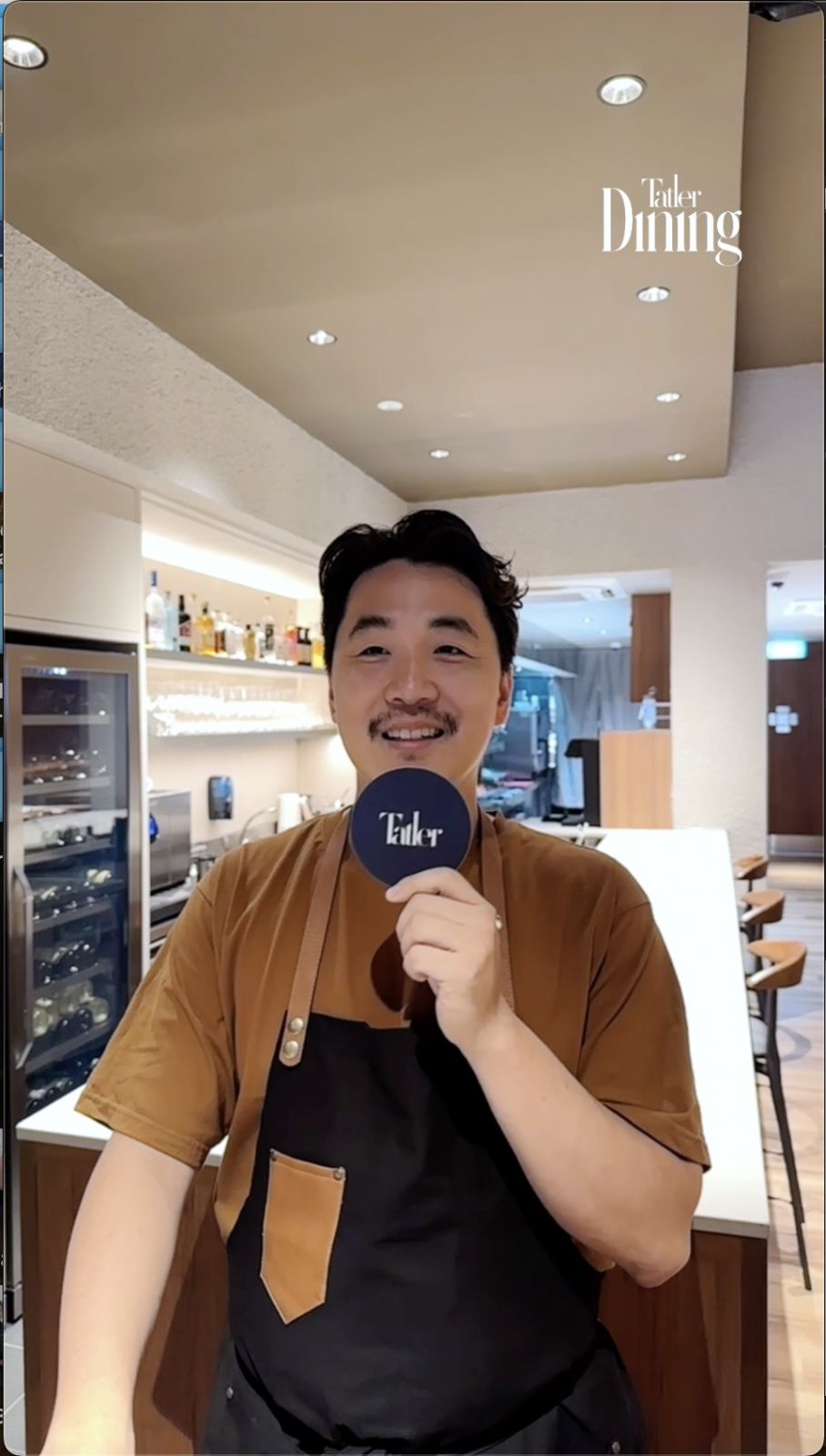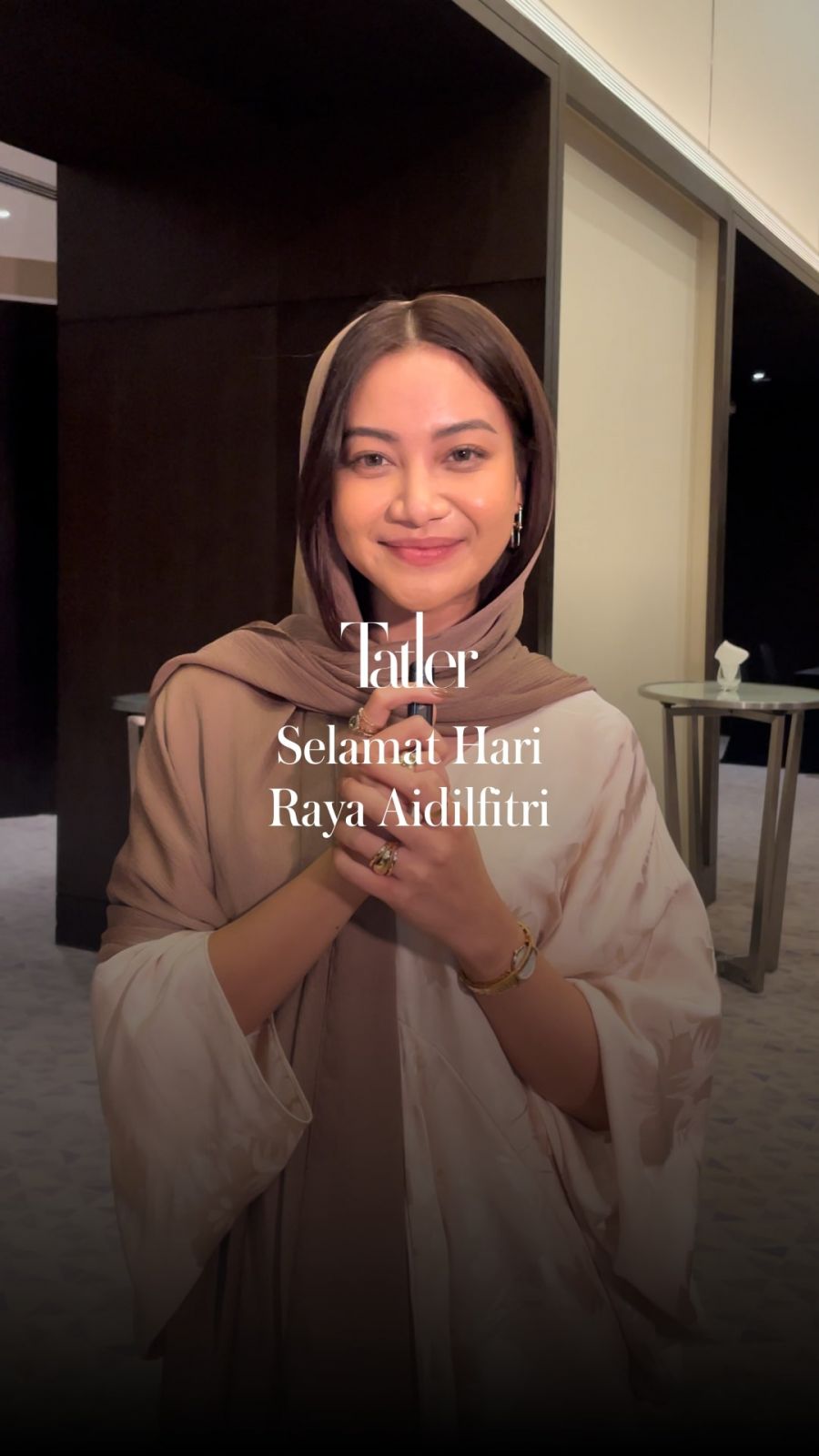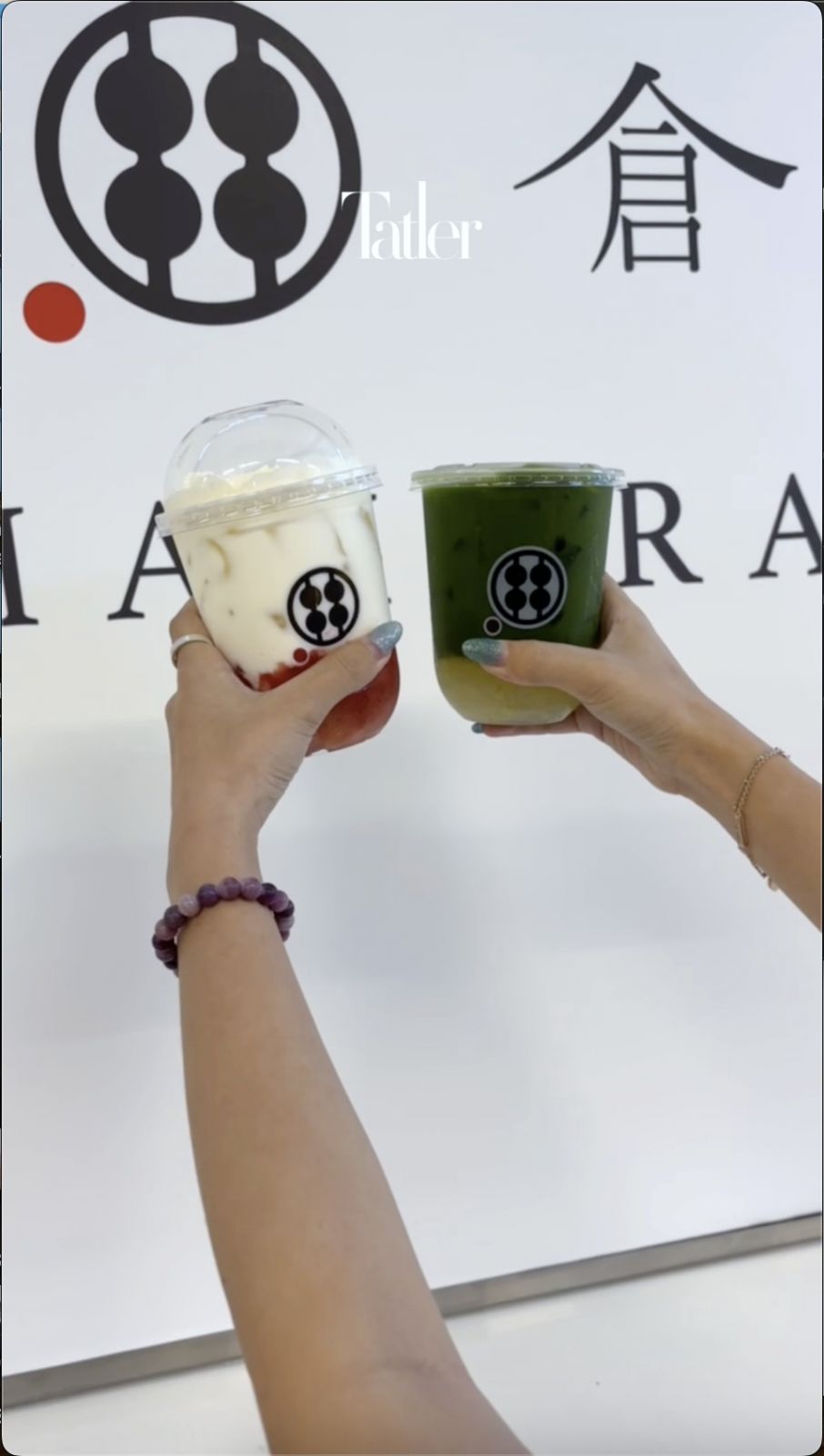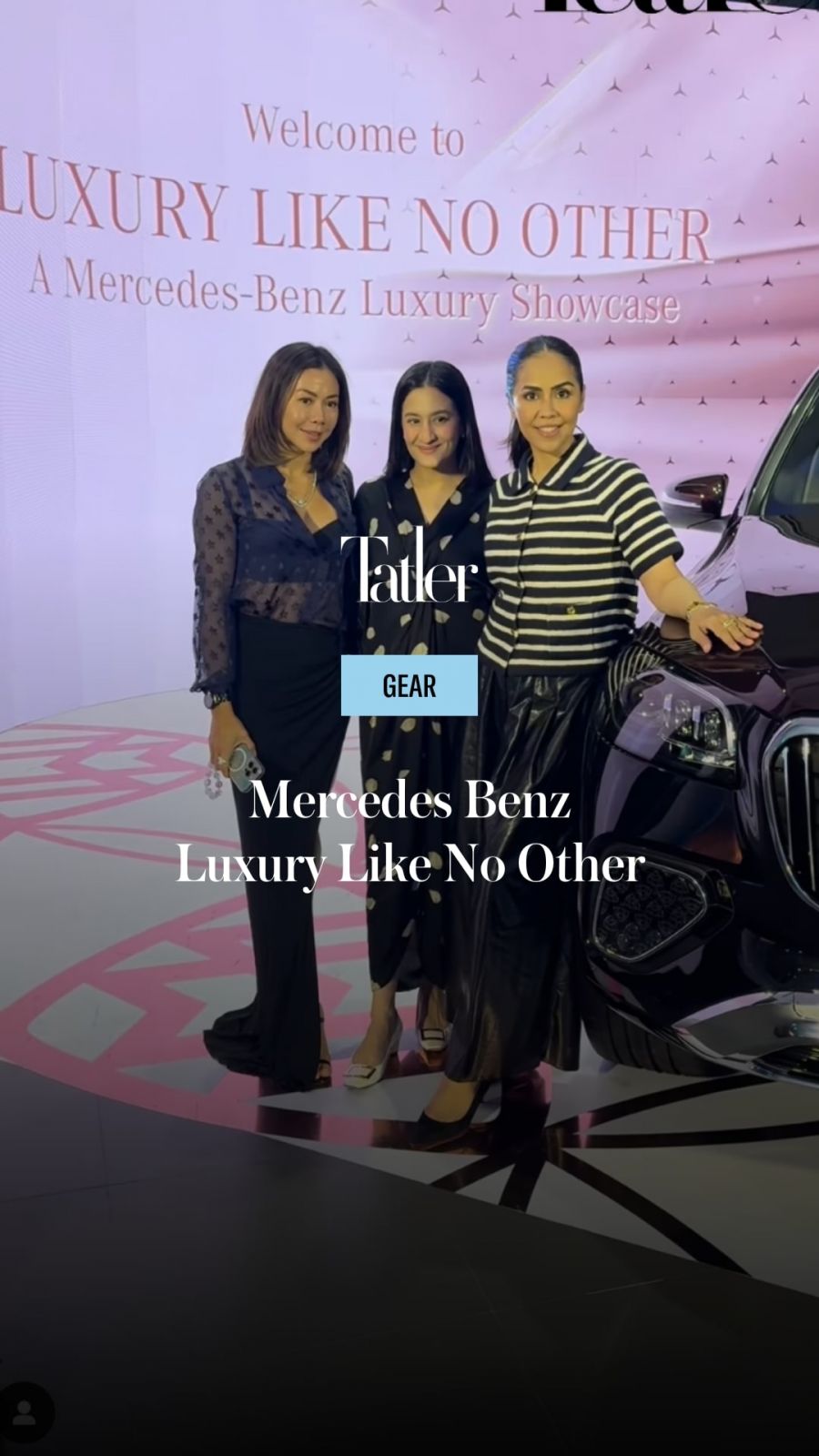How has the modelling landscape evolved throughout the years since you first entered the scene?
The modelling landscape has indeed evolved significantly since the 1990s. The rise of the internet and social media have transformed the modelling industry, allowing models to actively engage with their audience, showcase their work, and establish personal brands. Having a strong digital presence has become crucial for visibility and career advancement, providing models with new opportunities to connect with clients and fans globally. Advancements in technology have also influenced the way models are scouted, with online platforms and digital portfolios playing a more prominent role in a model’s career.
What was the most unforgettable moment from your modelling career?
I would say the most unforgettable moment in my modelling career was working with the legendary photographer Richard Avedon for the prestigious Pirelli Calendar 1997. Joanne Gair, the body painter, told me that she had never painted dragons before, especially with the unique challenge of dragons. I vividly remember her spending six hours to paint two dragons on my body, whilst Richard Avedon took ten minutes to photograph on film. Such collaborations with iconic artists make up most of the defining moments in my modelling career.
You have worked with numerous legendary designers throughout your career, including the likes of Karl Lagerfeld, Yves Saint Laurent, Tom Ford, Thierry Mugler, and Vivienne Westwood. Who are some of your favourites, and what was it like working with them?
I have many favourites, and the ones you mentioned are definitely amongst them, along with John Galliano and Alexander McQueen. Each designer was different to work with as they all had their own unique artistic vision and creative approach, and it was always fascinating to not only witness their individual magic in real life but also be a part of it.
Having made history as the first Asian model to walk a Victoria’s Secret runway show, as well as one of Southeast Asia’s first supermodels, you have paved the way for many Asian models who came after you. What advice do you have for our local models who aspire to follow your path?
Having a positive mindset, curiosity, continuous learning, adaptability, and embracing change are crucial elements for a successful modelling career. Following your passion, prioritising your well-being, and doing what makes you happy will ensure a fulfilling and sustainable journey in the modelling industry.
Contrary to popular belief, modelling is not all glitz and glamour. What are some of the realities of modelling that most people don’t know about?
The modelling industry definitely has its challenges. Last-minute job confirmations, flight bookings, and the constant possibility of job cancellations or conflicts can be common occurrences. The unpredictable nature of the business requires models to be adaptable and resilient, managing uncertainties whilst maintaining professionalism. It’s a side of the modelling industry that often goes unnoticed.
Do you think there are still great challenges to overcome for women of a certain age in the modelling industry today? Or is this changing for the better, from your observation?
While the modelling industry has made strides in diversifying beauty standards, challenges for women of a certain age persist. The industry often emphasises youth and freshness, making it challenging for older models to secure prominent roles. However, there is a growing awareness of the need for greater diversity and inclusion in the fashion industry, with more models of colour and different body types starting to appear in global fashion shows and campaigns. Many brands and fashion designers are actively seeking to represent a broader range of ages, reflecting a positive shift in the fashion industry.
What kind of positive changes would you personally like to see that benefit female models in the modelling and fashion industries? Particularly, any changes that you feel you would have benefitted from as an up-and-coming model?
The modelling industry is one of the few in which women are paid better than their male counterparts. To further enhance inclusivity, I would like to see increased representation of diverse body types, ethnicities, and ages in mainstream fashion. Promoting a healthy work environment, prioritising models’ well-being, and fostering inclusivity are essential changes. The industry should also provide more support and mentorship programs for up-and-coming models regardless of gender, which could contribute to a more equitable and empowering industry.
Looking back, is there a mentor, creative director or some influential leader who helped build your career and set you on the right path? If so, tell us who!
When I first came to New York City from Kuala Lumpur in 1994 to start my modelling career, Ivan Bart was the first model agent I met when I signed with IMG Models. Ivan was a visionary who changed my life when I first entered the modelling scene in New York City. He helped me see things that I had yet to see in myself; he believed in me even though my English was very poor and he didn’t speak any Chinese. I am eternally honoured to have had such an amazing mentor like Ivan Bart in my years at IMG Models.
It’s been a long time since you have been back in Malaysia. How has it been so far?
I’m amazed at how much Malaysia have modernised, from urban rail lines to new shopping malls, along with the addition of iconic structures like Merdeka 118, these are just some of the things that showcase the country’s progress. In terms of the local fashion scene, seeing more Malaysian designers and models succeed on an international scale is indeed a source of pride, reflecting the talent and diversity within the country’s fashion industry. I’m very proud of them.















